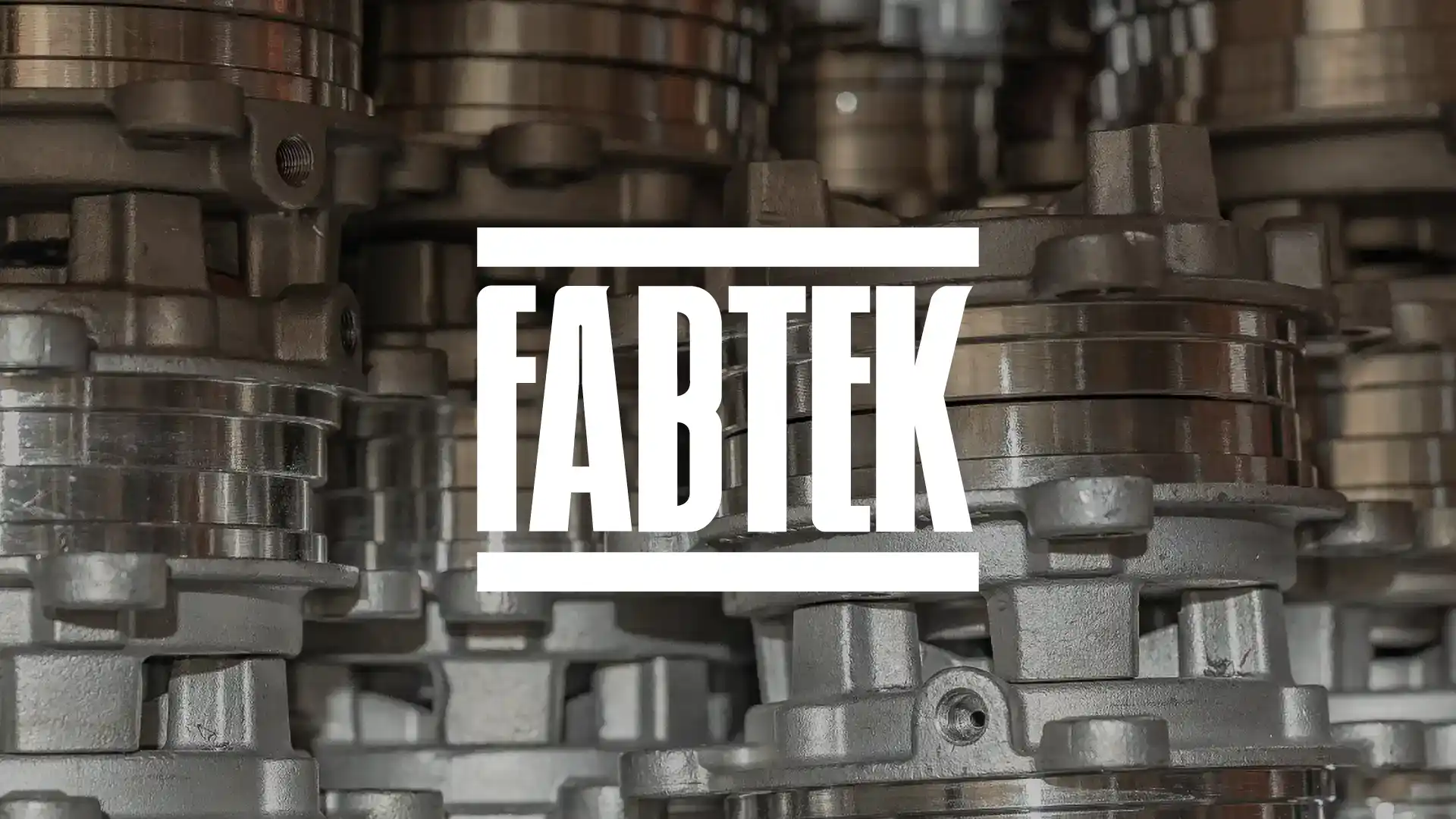Projects are complicated, often multi-phase, muli-location and involve manual matching of customer needs with relevant resources to satisfy this need. There are numerous expert hand-offs, all applying and shaping multiple variables against acceptable risk levels.
Collaborating on and managing these resources, prices and calculations within one (or more commonly, several) spreadsheet(s) increases the complexity, and the chance of errors - and the business risk and cost, grows exponentially. All before you even start looking at the price and profitability of the project.
By capturing business rules and calculations in one system you can ease and speed your sales process. And enable automation to deliver the efficiency, productivity and reduced risk that benefits your organization.
Reduce Business Risk with Quoting Software
Correctly and consistently selecting and pricing service resources within a project has always been a challenge that carries significant risk. That’s why Business Services organizations have often relied on spreadsheets or in-house built systems. Unfortunately, both options introduce further risk.
Can you reduce these risks?
- Resources. Applying the correct combination of resource types to a particular customer need is complex and too risky for anyone other than an experienced expert to decide. Intelligent systems can capture this knowledge and apply rules that can consistently select the correct combination and types - and even apply additional considerations, such as availability for a given location or region, compulsory qualifications or certifications. These systems can also calculate the minimum quantity (time) required to deliver the service. Removing this risk for error will ensure the ability of an organization to deliver and provide an accurate cost base for effective margin calculation.
- Project profitability. Getting the cost base correct is just the first step in ensuring project profitability. It needs the right price book to be applied. It needs the work description to be clear and unambiguous. The different pricing types must be displayed to avoid misunderstandings. And terms and conditions must be included that make it clear what is expected in the event of change of scope. Automating these tasks ensures that not only is the data correct, but that it is also applied consistently every time. And where commercial risk falls outside of accepted margins? Appropriate approval workflows can be applied.
- Technology and tools. Spreadsheets and in-house systems built on old technology are usually dependent on the knowledge and experience of your key personnel or suppliers. You rely on these experts to maintain your tools. The older the technology, and the more you rely on these individuals, the greater the risk for a single point of failure as their availability becomes scarce. As technology ages, the chances of this happening will only increase for in-house built systems built on older technology and spreadsheets.
Capturing the business knowledge in one smart system will enable automation and greatly reduce the associated risks. Relying on outdated technology will add unnecessary risk to your business.
Recommended Customer Stories

Case Study: Fabtek
Fabtek deliver detailed, accurate quotes 50% faster to scale their operation and increase sales.

Case Study: Penlon
Penlon revolutionized their entire quoting process, eliminated errors and increased capacity.

Case Study: Eurotherm
Quote time by more than 50%, automatically generating part numbers and pricing.
Maximize Existing Revenue Potential
One of the easiest ways to increase revenue is to make it easier for your sales team to quickly and consistently produce accurate, quality quotes for business services that convert. Each quote that leaves revenue on the table is a lost opportunity. Each mistake drains profit. Manually re-forecasting is time-consuming, demotivating and costly.
Is your team really motivated and helped to increase services revenue?
- Reduce errors and control risk. Reduce errors and risk, and free up significant time, and resources, for sales and project managers by automating calculations. Empower your sales team to quote the right services and time themselves. Provide your project managers with the confidence to assess risk based upon accurate facts. Eliminate the “back and forth” and respond faster to customers, drive efficiency and increase your conversion rate.
- Increase the revenue per opportunity (Cross selling / Up-selling). Service variations and options can be complex and hard to learn, and sales people naturally become very comfortable with certain options and less so with others - particularly with services. Automating calculations, and easing the process, guides sales teams through the building of services quotes, including cross sells and upsells they may be ‘unfamiliar’ with. This is a great way to encourage them to offer additional services and increase the potential deal size and / or secure profitable recurring revenue.
- Enhance the conversion rate. An easy thing to say, a little harder to do as there are so many factors affecting this. There are, however, three tried and trusted levers under your control that can help increase your chances of winning a deal.
- 1) The first is the speed in which you deliver your quote to your prospect - the sooner the better. The automation of your process will help to facilitate this.
- 2) The second is the impression or perception you make. This includes everything from your consistent use of branding to the medium you use to present your proposal. Typically, that’s a PDF, or, increasingly, via a web document / page.
- 3) The third lever is the detail within your proposal. For example, is your Statement of Work (SOW) clear, concise and laid out in terms the prospect will understand, appreciate and accept? Automation of the text and layout is a best practice and assists greatly in terms of delivery speed, first impressions, and content quality - all contributing to increasing your chance of success.
Making it easier and faster for your sales team to quote, reduces your risk and your reliance on specific experts. And it focuses them all on more value-added activities. It also addresses your costs and positively impacts your bottom line.
Remove Barriers to Growth with CPQ software
Scaling and growing a business is difficult enough, but the business services industry has some unique challenges to address.
Do you have the right systems in place for success?
- Subject matter experts. Project managers and solution experts are a highly skilled and experienced resource. Capturing their knowledge and adding business rules to automate resource selection, time calculations, and pricing guide users through the process. This rules-based guidance eliminates the time-consuming “back and forth” that makes prospects wait. Instantly, you remove one of the biggest constraints to quote speed, freeing up sales and experts to work on more opportunities.
- Training new sales hires. Onboard new hires quicker by making it easy for them to confidently suggest and quote any service to prospects. Tools that guide new sales users through the process eliminates the need to learn, and remember, how calculations are made. This saves them valuable time, and allows them to focus on selling and closing deals.
- Ease collaboration and drive engagement. Internal collaboration can be reduced for most quotes with good automation tools. But when the need to seek advice and guidance from colleagues does arise, the ability to share and gather feedback in one place eases communication and reduces duplication of effort and doubt. External engagement can be a great way to help build relationships and drive further automation. For example, sharing your project requirements or expected outcomes’ with prospects to edit and then sign-off is a great way to engage and enhance the relationship - before they even receive your proposal. It also reduces the chance of quoting based on incorrect facts which also reduces time-consuming re-work. And frees up valuable sales time for other value-add activities.
Removing these barriers to growth will enable your business to work smarter, and scale. Your employees will thank you for it too.
You’re in the business to help people and businesses become more efficient and productive. Remove sales barriers and reduce the costs, so that you can help even more businesses benefit from your skills and services.
The first step towards creating error-free, SOW’s and proposals with a process that minimizes risk, optimizes revenue and scales for growth: CPQ software for business services, learn more below.








